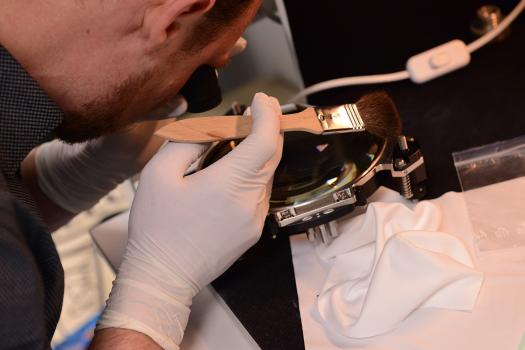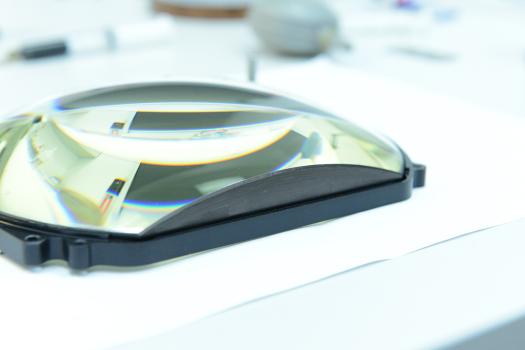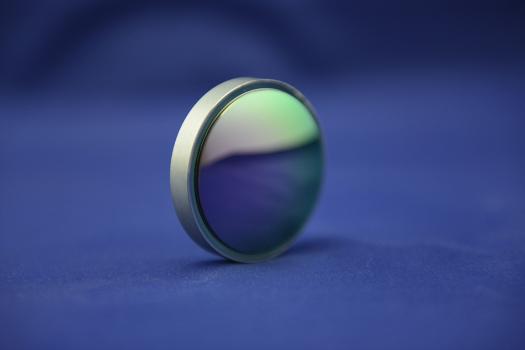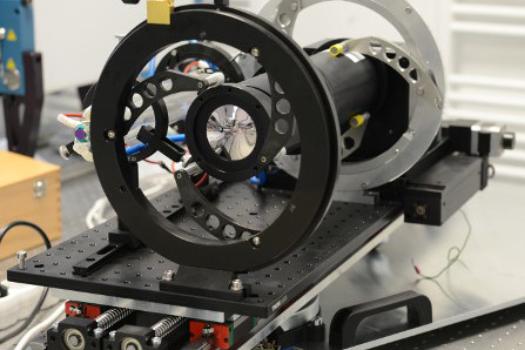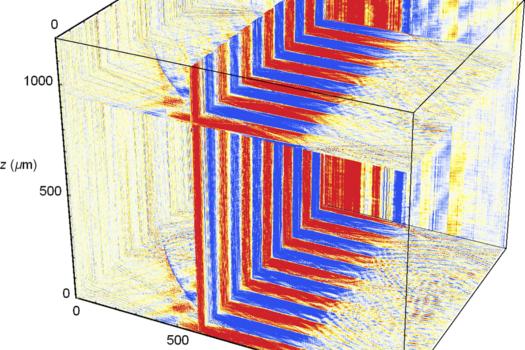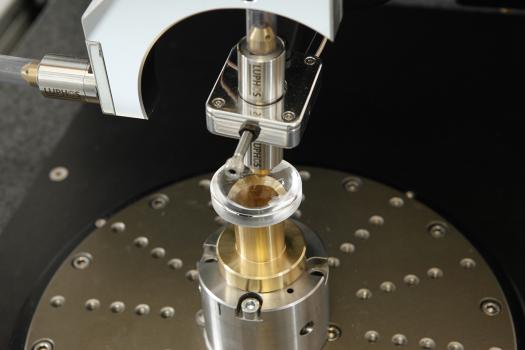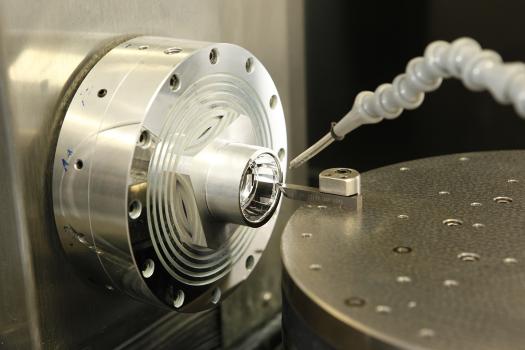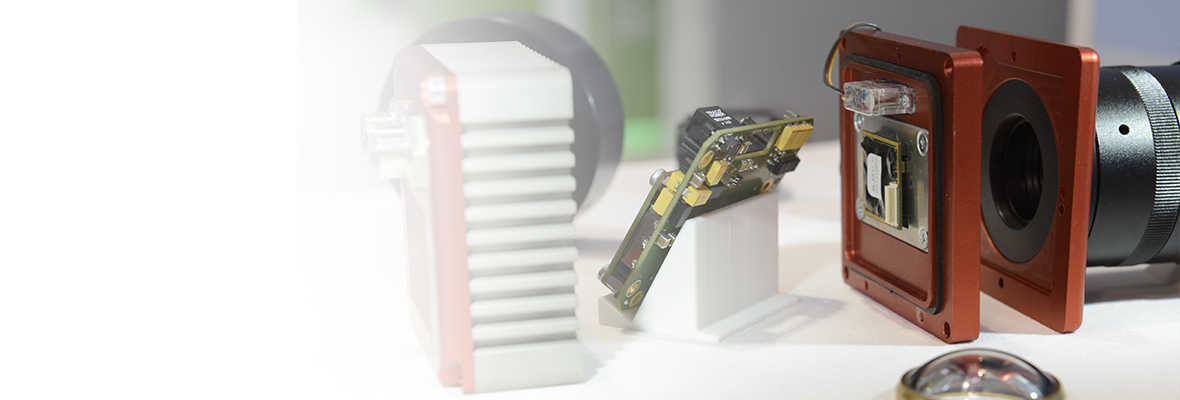
Computational Spectroscopy and Imaging
The group of Computational Spectroscopy and Imaging in the TOPTEC Center focuses on new techniques of ultrafast and nonlinear spectroscopy based on so-called compressive imaging. An inherent part of its activities is the development of hyperspectral imaging systems in unconventional spectral ranges, such as the mid- or far-infrared spectral regions.
Ultrafast and nonlinear spectroscopy studies the properties of matter and extremely fast processes in a variety of materials. By using ultrashort laser pulses, it is possible to investigate dynamics on the femtosecond timescale. For a human, this is an inconceivably short time interval; nevertheless, a number of important processes take place on this timescale. For instance, ultrafast dynamics determine whether electrons excited in a solar cell will be trapped, will recombine, or will allow energy harvesting. Nonlinear optics allows us to selectively study interfaces between materials. For instance, we can track the properties of a boundary between the surface of a lens and an anti-reflective coating deposited on the lens.
Compressive sampling represents a new approach to data acquisition. It exploits the fact that many of the commonly measured datasets are sparse, i.e., they can be expressed by only a few significant components in a well-chosen basis. A typical example is a photograph, where a huge amount of information can be compressed via wavelet transformation into a small datafile (JPEG2000). Compressive sampling makes it possible to devise unconventional solutions to many problems, including imaging in “exotic” spectral areas.
Hyperspectral imaging denotes image acquisition where a spectrum is collected for each of the image pixels. We can, therefore, gain considerably more information about the scene compared to the conventional camera. For instance, we can determine the concentration of particular chemical substances based on their spectral traces.
OUR TEAM AND INSTRUMENTATION
- The group leader Karel Žídek has been engaged in time-resolved laser spectroscopy and implementation of compressive sampling in laser spectroscopy on a long-term basis. He was awarded the Otto Wichterle Award in 2017 for his work in ultrafast femtosecond spectroscopy.
- The international group consists of research workers (Ph.D. and Ing./M.Sc. Degree) and Ph.D. students
The group uses well-equipped laser laboratories, including:
- a laboratory of ultrafast spectroscopy featuring an amplified femtosecond laser with the possibility to convert wavelengths by using a non-collinear parametric amplifier (NOPA) and a photonic fiber (PCF)
- the ability to modulate fs pulses by using a 4f pulse shaper based on a spatial light modulator (SLM), pulse characterization via frequency-resolved optical gating (FROG)
- time-correlated single-photon counting (TCSPC)
- lasers (VIS to NIR) and incoherent light sources for VUV (160 nm) to far-IR
- detectors: UV-Vis-NIR spectrometers, UV-Vis-NIR photodiodes, photomultiplier modules, mid-IR camera, CMOS cameras
- specialized optical elements, e.g., light modulation via DMD (digital micromirror device)
RESEARCH FOCUS
The main areas of our research are:
- Random-phase ultrafast spectroscopy: Measurement of ultrafast dynamics by means of commonly-used methods depends on using ultrashort, so-called compressed, femtosecond laser pulses. However, compression of broadband pulses is a demanding, alignment-intensive task which needs to be adjusted for any modification of the experiment. In certain cases – for instance, for highly scattering samples – pulse compression is practically impossible. In the group of Computational Spectroscopy and Imaging, we develop novel methods where the ultrafast dynamics will be measured by using random pulses and subsequent computational reconstruction. This research is supported by the Czech Academy of Sciences, ERC-CZ/AV-B grant.
- Hyperdimensional imaging (combining imaging with spectral or temporal information), in particular for the exotic spectral (mid-/far-IR) and temporal (fs) ranges, where the application of standard concepts is problematic or even not possible. Namely, we aim, for instance, at developing the use of uncooled detectors for hyperspectral imaging in the IR spectral region, as well as aiming at new unconventional approaches to hyperspectral imaging by using compressive sampling.
- Computational imaging enables us to develop novel imaging systems based on so-called compressive sampling, where alternative approaches to image acquisition can be used (e.g., lensless imaging). We focus on (i) the CASSI technique (coded-aperture single-snapshot spectral imaging), which makes it possible to capture and reconstruct a 3D hyperspectral datacube by using a single 2D snapshot from a camera; (ii) the single-pixel camera technique, which makes it possible to carry out imaging by using a single-pixel detector, such as a photodiode. We are concentrating on possible implementations of computational imaging into laser spectroscopy.
PROJECTS
- Random-phase Ultrafast Spectroscopy
- RODES Robust Detection System with Hyperspectral Sensor
- Hyperspectral System of Dangerous Substances Detection
- Coherent Excitation Coding for Exploitation of Compressed Sensing in Laser Spectroscopy
- Imaging of Chemical Compounds with a Hyperspectral Camera
COLLABORATION
We collaborate with research institutions worldwide (Department of Chemical Physics, Lund University, Sweden; Bergen University, Norway), as well as within the Czech Republic (Thin Film Department, Institute of Physics AS CR; Charles University in Prague; Technical University Liberec; University of Defence in Brno, Military Research Institute). Equally important partners in our research are our industry partners (APPLIC s.r.o.., Crytur, spol s r.o.).
Contact
RNDr. Karel Žídek, Ph.D.
Tel.: +420 487 953 901
E-mail: zidek@ipp.cas.cz

